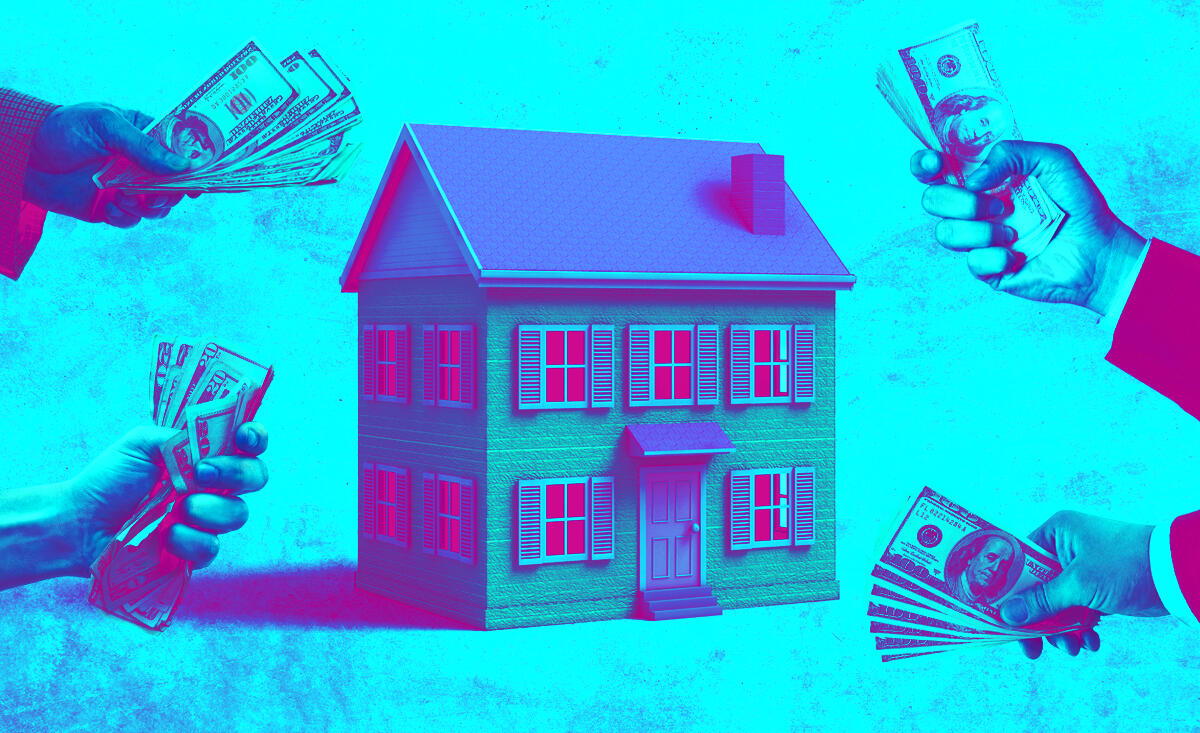Trending
Bidding wars for rentals are becoming the norm in the Sunbelt
Rentals in these suburbs were filled at 35 percent above the asking rents

Finding a rental apartment is increasingly about coming out on top in a bidding war, as demand outstrips supply and home sale prices reach new highs.
Potential tenants will make an offer above the asking rent to get their application moved to the top of the stack, Realtor Magazine reported. Then landlords will ask other applicants to submit their “highest and best offer.” Some building owners have even taken to placing ads asking renters to submit their highest offer, assuming there will be a bidding war.
“Properties are definitely in short supply, and demand is high,” Bruce Ailion, an attorney for Atlanta’s RE/MAX Town and Country, told the magazine. “For example, we had a property that had been renting for $1,260 a month. When the tenant left, we put the property on the market at $1,595 and had over 600 inquiries and close to 300 applications. That means we were underpriced for the current climate.”
In the first quarter, properties in Austin suburbs were renting for 35 percent higher than the listed asking price, according to Austin-based realtor Jasen Edwards. Local agents have said that while 10 percent over asking is common, particularly hot properties can go for 50 percent above asking.
The state’s skyrocketing demand can be traced to its fast-growing population. In 2019, Texas ranked second in relocations with 582,000 people moving to the state, largely from California, according to the most recent Texas Relocation Report.
Meanwhile, evictions in Texas are climbing as local governments lift pandemic protections. In Austin, the average monthly rent jumped more than 40 percent in the past year alone, according to Redfin data— the second fastest increase in the U.S.
Median home sales prices in the Austin area gained 22 percent in the past year, while median family incomes grew at about half that pace, at 11.5 percent, according to a report published by researchers at Texas A&M University’s Texas Real Estate Center, the Austin Business Journal reported.
[Realtor Magazine] — Maddy Sperling




